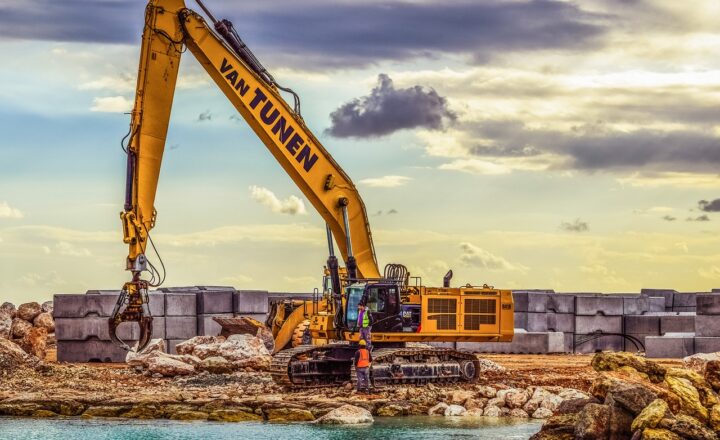How Firefighters Collaborate with Rescue Dogs for Faster Search and Recovery
November 13, 2024

In recent years, the integration of rescue dogs into firefighting operations has revolutionized search and recovery processes. Firefighters, equipped with state-of-the-art technology, bring essential skills to emergencies. However, these human efforts are significantly enhanced through collaboration with specialized rescue dogs, trained to locate missing persons quickly and efficiently.
1. The Role of Rescue Dogs in Emergency Situations
Rescue dogs have an intrinsic ability to detect scent, which can be up to 100,000 times more acute than humans. This remarkable capability allows them to excel in search and rescue missions. In emergency situations—whether in collapsed buildings, after natural disasters, or during missing person searches—rescue dogs provide invaluable assistance.
Types of Rescue Dogs
Rescue dogs can be classified into a few main types based on their training:
– Cadaver Dogs: These dogs are trained to locate human remains, providing closure to families after a loved one has gone missing.
– Tracking Dogs: These dogs follow the scent trail of a live person, often employed in outdoor settings, such as forests or open fields.
– Air-scenting Dogs: These dogs can detect airborne scents, using the wind to find victims in varied terrains, making them indispensable in urban search and rescue operations.
The partnership between firefighters and these canine specialists creates a more effective and efficient search team.
2. Training and Preparation
The success of rescue dogs hinges not only on their natural instincts but also on rigorous training. Both the dogs and their human counterparts undergo comprehensive training programs to foster teamwork and maximize their effectiveness during emergencies.
Key Elements of Training
– <strong;Basic Obedience: Before introducing specialized tasks, dogs must master basic obedience commands to ensure they can work safely in diverse environments.
– <strong;Scent Discrimination: Dogs are trained to identify specific scents and differentiate between human remains and other biological materials.
– <strong;Search Techniques: Dogs learn various search methods, such as grid searching areas or working alongside handlers in structured patterns to cover large regions more effectively.
Handlers also participate in training to learn dog behavior and enhance communication techniques to ensure efficient collaboration.
3. The Dynamics of Firefighter and Rescue Dog Teams
Collaboration between firefighters and rescue dogs is built on a strong bond of trust, understanding, and respect. During operations, the dynamic shifts towards the strengths of both team members.
Effective Communication
Handlers must understand subtle cues displayed by their dogs; behaviors like increased excitement, focused scent tracking, or lingering on a particular spot can provide crucial information to rescue teams. Firefighters often rely on these cues to adapt their strategies, allowing for faster and more targeted actions.
Improving Efficiency
Working together helps to minimize sadness and chaos during search and rescue operations. The following methods enhance collaboration:
– Clear Signal Communication: Firefighters communicate their observations while also responding to the dog’s signals with commands.
– Scenario Training: Mock drills help both humans and dogs refine their strategies in a controlled environment before real-life emergencies.
– Positioning and Coordination: Firefighters and rescue dogs work side by side, often using physical cues like leashes or hand signals for location guidance.
Through training and effective communication strategies, the time spent locating missing individuals is significantly reduced.
4. Real-life Applications and Success Stories
Numerous cases illustrate the successful collaboration between rescue dogs and firefighters, often yielding life-saving results. One notable instance occurred during a devastating earthquake where first responders deployed rescue teams into the rubble.
Case Study: The 2010 Haiti Earthquake
Rescue teams from across the globe were dispatched to assist in recovery efforts after the earthquake devastated Port-au-Prince. Among them were specially trained search and rescue dogs, which provided the ability to quickly locate survivors trapped beneath debris. As firefighters and rescue dogs teamed up, they managed to save lives that could otherwise have perished, demonstrating the immense value of these canine partners in real-world scenarios.
Ongoing Efforts
Since that event, further developments have occurred in training and funding programs. Fire departments and animal welfare organizations often collaborate to ensure that rescue dogs are properly trained, well-fed, and cared for throughout their careers.
5. Challenges and Considerations
While the collaboration between firefighters and rescue dogs can be groundbreaking, it is not without challenges.
Environmental Factors
– Diverse Terrain: Certain rescue scenarios take place in challenging terrains, such as forests, urban landscapes, or disaster-stricken areas, requiring extensive skills from both individuals and dogs to navigate potential hazards.
– Allergies and Distractions: Elements like toxins, allergens, or other distracting scents in the environment can hinder a dog’s ability to focus and find the targeted scent.
Handler Fatigue
The intense and often emotional nature of rescue missions can lead to physical and psychological exhaustion for handlers and their dogs, which may impact their performance. It’s crucial for team members to prioritize rest and mental health to maintain operational efficiency.
Conclusion
The collaboration between firefighters and rescue dogs represents an exceptional partnership that enhances search and recovery missions. Their combined efforts can save lives, provide closure to families, and build a greater understanding of the power of teamwork in emergency situations.
As communities continue to prioritize search and recovery operations, it’s vital to recognize and invest in both canine and human training. Emphasizing this partnership can create a more effective response to emergencies, paving the way for further advancements in rescue strategies and safety measures for all involved.







